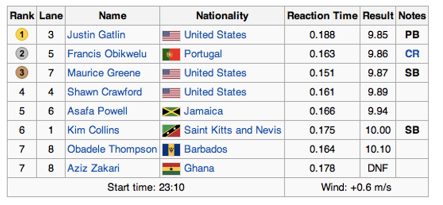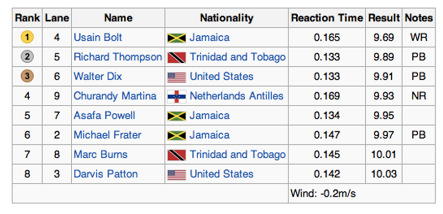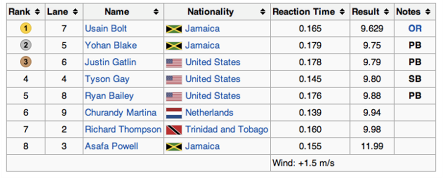 HealthTechZone covered my blog-post on Diagnostic Imaging- Can see the post about Bern Medical here. Bern Medical, a data specialist company based in San Diego, Calif, has created a system to automate the data extraction process from any RIS or PACS and deliver reports to iOS devices, such as the iPhone and iPad.
Extracting data and reporting metrics from RIS or PACS for radiology groups is often very time consuming or prohibitively expensive. Radiology groups need metrics to track trends such as referring physicians, physician productivity, and turnaround time. Bern Medical developed the product with a radiology group who wanted to deliver real-time metrics to marketing, radiologists and executives. See original information on Bern Medical Dashboards Do you remember the 100 meter finals from the 2008 Olympics? Usain Bolt was so far ahead of all the other runners that he started celebrating before he crossed the finish line and still set the world record. It was an inspiring moment, shown around the world. Many, myself included, looked forward to the 100 meter for the 2012 Olympics in London.
This year Usain Bolt again won the 100m, but the other runners were much closer to him. Look at the times of the finals (below). Pay special attention to the 2012 times of the runners who did not win a medal. The fourth and fifth places from 2012 with times of 9.80 and 9.88, respectively, would have won silver and bronze in the 2008 Olympics. Now look at the silver, bronze and fourth place times from 2012. Refer back to the 2004 Finals in the 100 meter to get a perspective of how good these times are. Any of these times would have taken gold in the 2004 Olympics. I feel for Tyson Gay, who ran a great time in 2012, but goes home without a medal in the 100 meter. He would have won gold in 2004 and silver in 2008 with the time he ran in 2012. What is the main driver in the performance improvements in the 100 meter? It is the raising of the benchmark by Usain Bolt in 2008. All the other runners knew that they had to improve dramatically to have a chance of beating Bolt. With the new benchmark they worked and they measured their performance. They improved and they are running now running faster than 2004 and 2008. The runners measured performance each step of the way. The kept track of variables to measure the impact on performance, like what they ate, their sleeping patterns, their weight and the weather. They measured and tracked performance, like weights lifted, repetitions, track times, steps taken, length of stride, and many more. They received immediate feedback on their performance, which helped them focus on the results. How would the athletes have performed had they not tracked the variables and their performance, or did not have a benchmark? What if they trained on intuition? What if they received their track and weight lifting numbers on a quarterly basis? What if they did not track calories or what they ate at all? Their performance would not be as high as it is. In radiology we should be pushing the bounds of performance. We should track more variables, have challenging benchmarks, and get immediate feedback on performance. We can learn from the Olympic athletes and push the bounds of performance. Of course things are getting better. It is easy to look back and see improvements over your career. But, the gold medalist in 1896 in the 100m ran a time of 12.0. When we set benchmarks or expectations too much on historical performance, we will always be behind. Running 11.9 in 1896 would have won you gold, but not today. It is still a world-class time, but it isn’t enough. With all the challenges and concerns in radiology, such as declining reimbursements and commoditization, improving performance is crucial. This post originally as written by David Fuhriman and appeared on Diagnostic Imaging |
BERN BLOGBlog written by: Other Useful blogsArchives
June 2013
|






